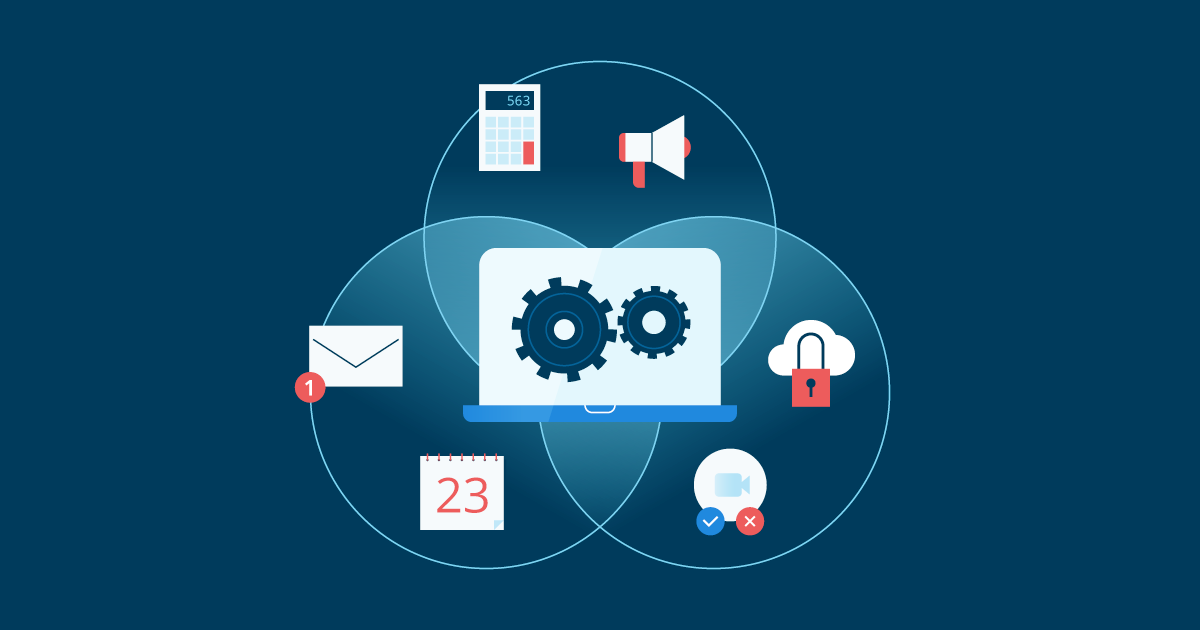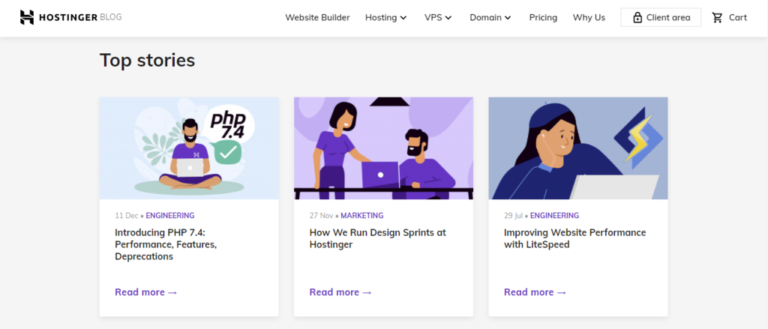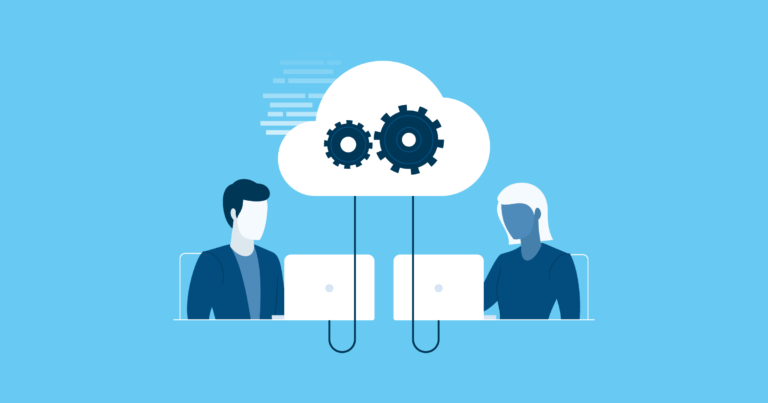Working from home in light of COVID-19 has strengthened the digital workplace business case for businesses and employees alike. It’s a model that fosters greater flexibility and increased mobility. It also meets the increasing need for employees to access their company resources anywhere.

Digital transformation of the workplace allows for a whole range of industry sectors to meet the demands of the always-on nature of our modern working world. It’s no surprise, therefore, that we are seeing a rise in the emergence of innovative solutions and the adoption of innovative solutions such as digital workplace software and remote support software.
If you are looking to build a digital workplace business case, this article will outline everything you need to know about the relevant software and its benefits for businesses.
What is a digital workspace?
The digital workplace is an online work environment offering employees holistic and centralised access to everything they need to perform their job. It is a collaborative platform unifying all of the tools, data and resources used by a company including:
- Emails
- Instant messaging
- Social media
- Professional software
- Document management.
Unlike traditional intranets, the digital workplace goes beyond your company portal and productivity suites, such as Office 365 or G-Suite. The latter does provide access to a collaborative working environment with a variety of applications. However, bear in mind that this comes without the integration of other tools. The digital workplace, however, is a unified virtual platform that encompasses all applications, including an intranet, providing a more streamlined and collaborative employee experience.
What to include in a digital workplace business case:
What challenges will the digital workplace solve?
The digital workplace caters to the increasingly transversal and collaborative ways in which companies need to operate today. If you’re looking to adopt this model of working for your business, there are two key benefits to help you build your case: Strengthening employee productivity and improving communication.
Employee productivity
Like the office, home working has the potential for distractions. Therefore, keeping employees productive was a big priority for businesses during the initial lockdown. However, the challenges of coronavirus, and how it affects the way and where we work, continue to evolve. Companies face a growing need to allow their employees greater flexibility and mobility.
By intelligently unifying all business resources, the digital workplace allows employees to access their workspace at any time and in any place, improving their ability to be agile. With the centralisation of a company’s platforms and tools, employees also no longer need to switch between multiple platforms. This streamlines the working experience, and in turn, improves overall efficiency.
Collaboration and internal communication
Communication can be a common challenge for organisations, with many seeking to better involve and unite their employees. The digital workplace simplifies the flow of information between employees by using integrated messaging solutions, so even if employees are working in different places, they can still work together smoothly.
Improving communication and the sharing of information not only strengthens collaboration between employees but also increases productivity while saving time. In addition, by providing companies with a future-facing, dynamic work environment, a digital workplace can enhance the appeal of a company to clients and potential candidates alike.
What are the main advantages of the digital workplace?
The digital workplace can help bring companies into a faster and more flexible way of working. By consolidating tasks into one place and interconnecting all tools and resources, employees can effectively do their job from anywhere. They can also adapt to and unanticipated workplace challenges.
More specifically, the digital workplace makes it possible to:
- Have unique and secure access to professional resources.
- Facilitate synchronous interaction and communication between collaborators.
- Better unify employees and foster collaboration.
- Schedule tasks in a shared calendar and streamline their management.
- Share knowledge and resources with greater ease.
- Access documents and information on the move.
- Provide a real-time dashboard.
- Reduce operational costs through task automation.
The considerations of implementing a workplace transformation
For the digital workspace to perform its key function of unifying and streamlining a company’s resources into one virtual environment, a business needs to ensure they can adapt to this digital overhaul. For instance, the range of platforms, tools and servers a company may have would need to meet certain requirements to fulfil a successful transition to a digital workspace. This includes meeting criteria for governance, security, data management and staff training.
Data integration is also a key consideration. For the software to amalgamate a company-wide range of resources, it needs to host a variety of your business’ data, which may include confidential or sensitive information that you will need to protect. In addition, each business has its own unique requirements that perhaps can’t be met by software just yet, and so it’s worth checking that the vital resources employees require to work can be incorporated into your digital workplace.
Looking toward the future
Just as the way in which we work continues to change, there is no doubt that the modern workplace will continue to evolve and adapt to the needs and expectations of businesses, and ultimately improve the way in which we all do our jobs. A digital workplace strategy is a good place to start when remote work is increasingly growing to be (at least part of) the new normal for offices.
Looking for a digital workplace solution? Check out our catalogue.
This article may refer to products, programs or services that are not available in your country, or that may be restricted under the laws or regulations of your country. We suggest that you consult the software provider directly for information regarding product availability and compliance with local laws.





